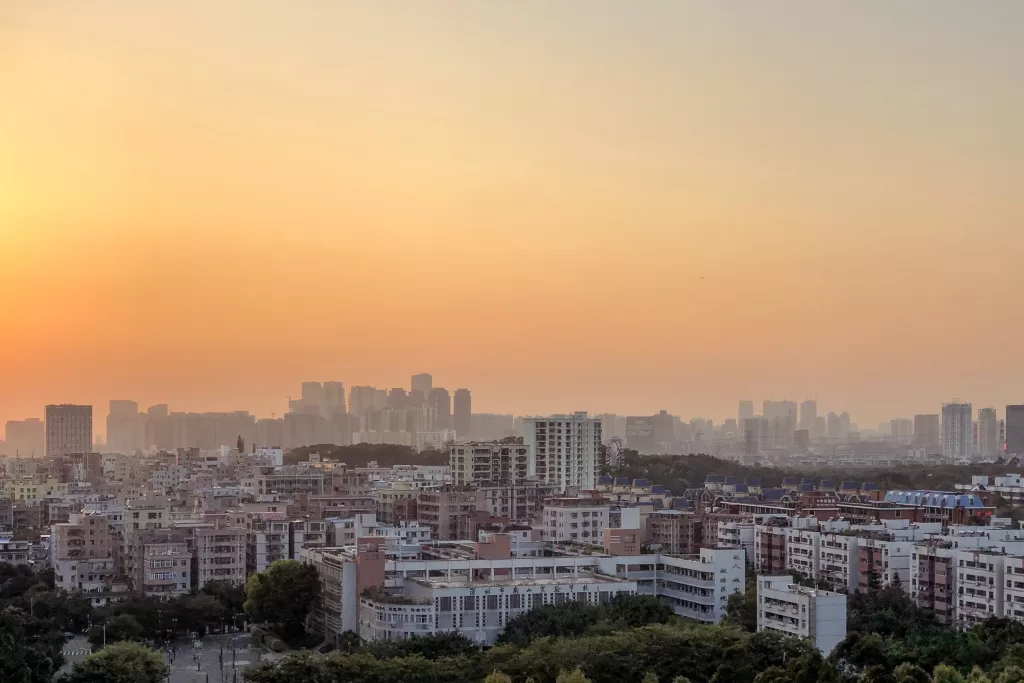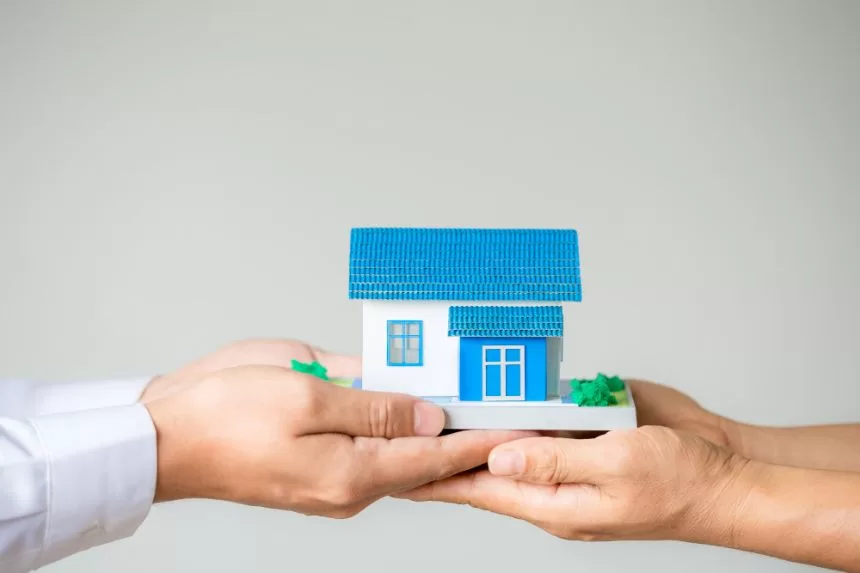In India, a considerable chunk of the population does not have access to proper housing, even in urban areas. Many grapple with substandard living conditions. Recognising this pressing issue, the Pradhan Mantri Awas Yojana-Urban (PMAY-U) emerged as a transformative initiative by the Government of India. In this article, you can gain more valuable insights into what PMAY-Urban is.
What is the PMAY- Urban Scheme?
The Pradhan Mantri Awas Yojana (Urban) or PMAY(U) is a Government of India initiative. It is dedicated to ensuring affordable housing for the urban poor of the country by the year 2024. First launched on June 25, 2015, the scheme aims to construct houses in urban areas for Economically Weaker Sections (EWS), Middle-Income Groups (MIGs), and Low-Income Groups (LIGs). Notably, the scheme’s implementation duration has been prolonged until December 31, 2024. This extension was sanctioned by the Union Cabinet in response to requests from Union Territories and states. Initially, the target was to deliver housing facilities by March 2022.
Here are some of the key features of the PMAY Urban Scheme:
Subsidised Interest Rate:
A reduced interest rate of 6.50% p.a. on housing loans for a 20-year period.
Priority for Special Groups:
Differently-abled and senior citizens are granted preferential ground floor allocations.
Eco-Friendly Construction:
The scheme focuses on environmentally conscious and sustainable technologies in the construction process.
Pan-India Coverage:
This scheme covers 4041 statutory towns, with an initial focus on 500 Class I cities in 3 phases.
Early Credit-Linked Subsidy:
The implementation of the credit-linked subsidy is initiated right from the project’s outset, encompassing all statutory towns in India.
Environmental Sustainability:
PMAY-Urban encourages eco-friendly construction practices, promoting sustainable and environmentally conscious technologies in housing projects.
Eligibility Criteria for Pradhan Mantri Awas Yojana Urban
To qualify for housing or financial assistance from the government through this scheme, applicants must meet specific eligibility criteria established by the committee. Prospective applicants are categorised into six distinct groups:
Economically Weaker Section (EWS)
Individuals with a yearly household income under ₹3 lakh fall in the EWS category. However, applicants in this group must back their claims by providing relevant proof to the government.
Light Income Group (LIG)
Individuals who have a yearly household income ranging between ₹3 lakh to ₹6 lakh come under the Lower Income Group (LIG) category. Consideration for eligibility also requires applicants to provide sufficient proof of their economic standing.
Medium Income Group (MIG1)
Individuals with a yearly household income below ₹12 lakh fall under the MIG1 category. They can avail of loans of up to ₹9 lakh for residential construction.
Medium Income Group (MIG2)
Those with a yearly household income ranging from ₹12 lakh to ₹18 lakh fall under the MIG2 category of the PMAY scheme. They can avail of loans of up to ₹12 lakh.
Minorities
Individuals from minority groups such as SC/ST/OBC are categorised under minorities. To be considered for the PMAY scheme, these applicants must provide relevant caste and income certificates.
Women
Women from the EWS/LIG categories will receive consideration when applying for the PMAY scheme.
In the case of a family as the beneficiary, the family unit must consist of a husband, wife, and unmarried children. Furthermore, no member of the family should have a house in their name.
Application Process for Pradhan Mantri Awas Yojana Urban
The Ministry of Housing and Urban Development has provided a straightforward application form for those seeking housing under the scheme. It consists of two pages, each requiring key details from the applicant. Visit the PMAY portal and navigate to the registration form.
Page 1:
“Enter Aadhaar Number” – After verifying the Aadhaar number, the application proceeds to the next page. This step ensures the authenticity of the individual applying for the scheme and prevents fraudulent activities.
Page 2:
“Enter Personal Details” – Applicants are required to provide information such as their state of residence, head of the family, current residential address, and other important details.
Pradhan Mantri Awas Yojana offers applications under these two categories:
Under Other 3 Components:
Beneficiaries include the Economically Weaker Sections (EWS), Lower Income Groups (LIGs), and Middle-Income Groups (MIGs) as part of the Housing for All by 2022 Scheme. For EWS, the annual income cap is ₹3 lakh. For MIG, it falls between ₹6 lakh and ₹18 lakh. The Credit-Linked Subsidy Scheme (CLSS) is applicable to MIG and LIG, while EWS is eligible for assistance across all verticals.
Slum Dwellers:
Defined as areas with 60 to 70 households or approximately 300 people residing in poorly constructed homes. Slum dwellers face unhygienic conditions and lack proper infrastructure, drinking water, and sanitation facilities. These individuals can apply for the Housing for All by 2024 under the Pradhan Mantri Awas Yojana scheme.
Build a house that stands the test of time by choosing a reliable cement construction company like JK Cement. Explore a wide range of cement for construction that exudes durability and strength.
FAQs
What is the mission of Pradhan Mantri Awas Yojana (Urban)- Housing for All?
The mission of Pradhan Mantri Awas Yojana (Urban) – Housing for All is to provide affordable and quality housing to urban residents, ensuring a safe and dignified living environment.
Who is eligible for PMAY-U benefits?
Eligibility for PMAY-U benefits is based on income categories, including Economically Weaker Sections (EWS), Low-Income Groups (LIG), and Middle-Income Groups (MIG). Criteria vary, ensuring housing accessibility for diverse urban residents.
Are there specific documents required for the application?
Yes, documents such as Aadhaar card, income proof, and property documents are essential.
Can existing homeowners apply for PMAY-U benefits?
No, the scheme is primarily for those without pucca houses.













